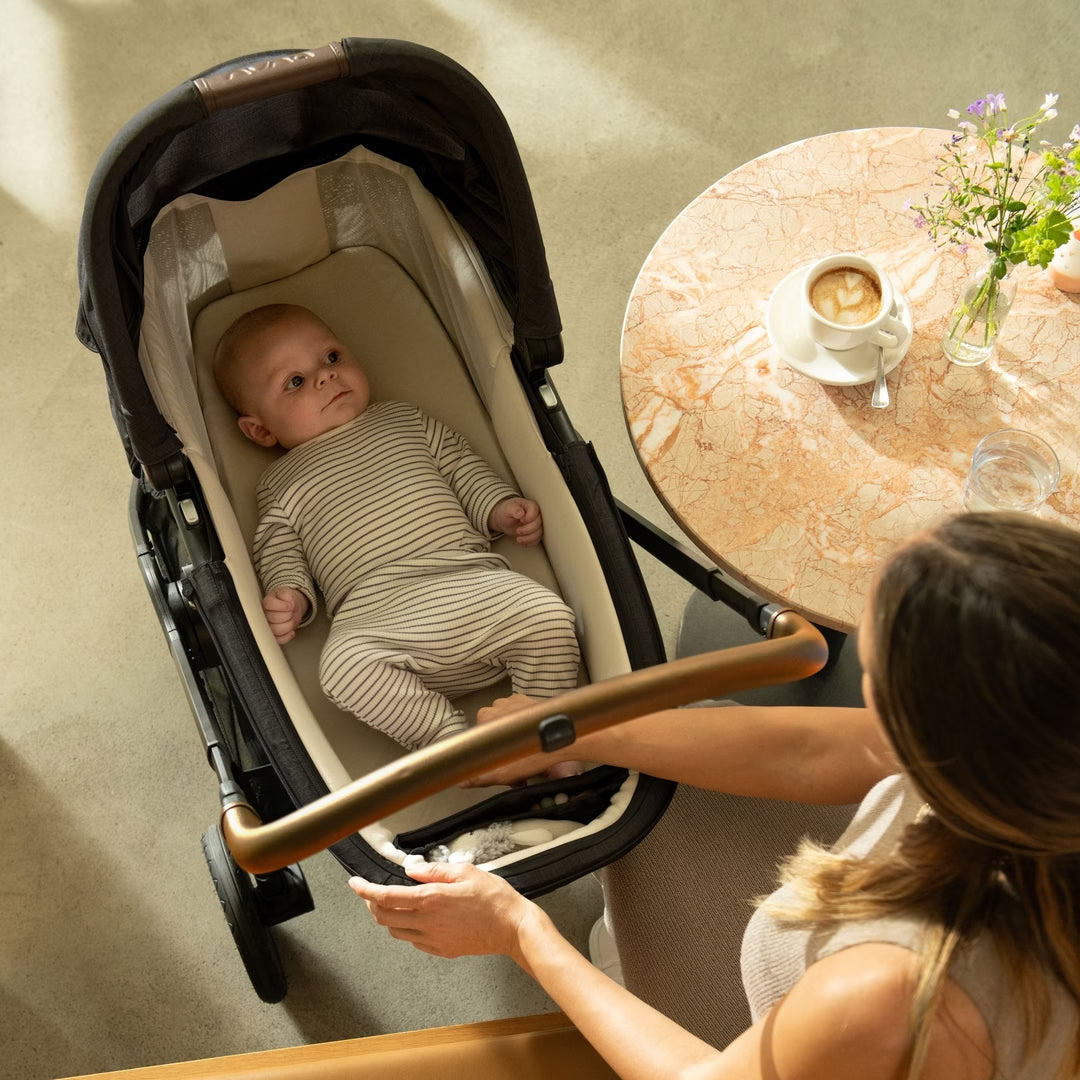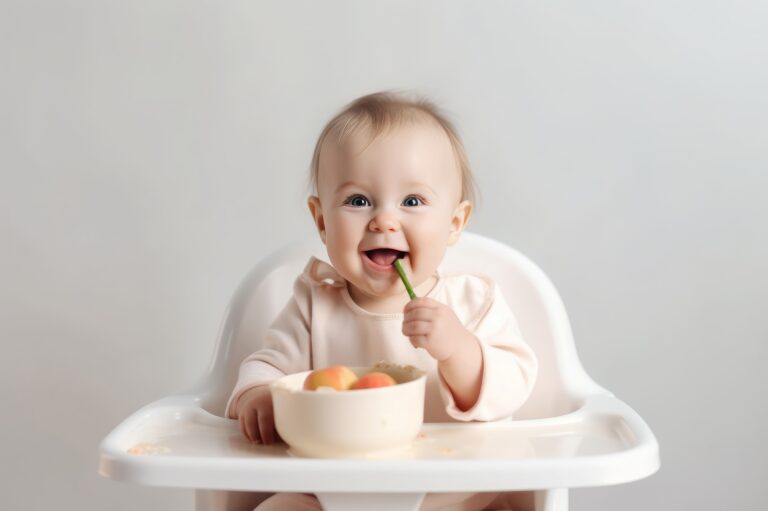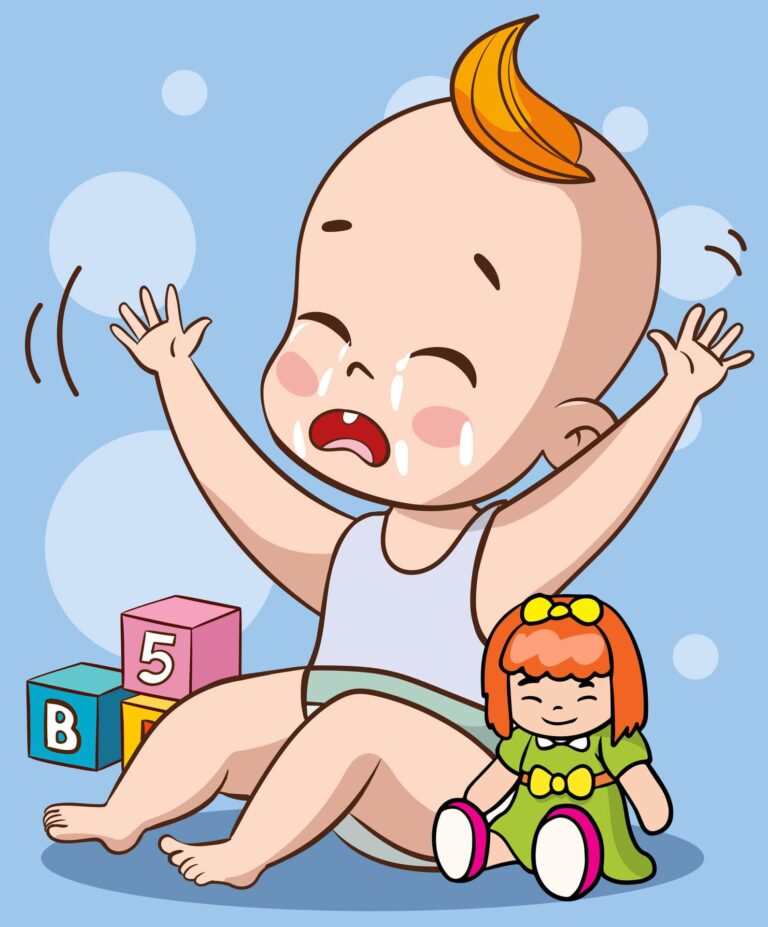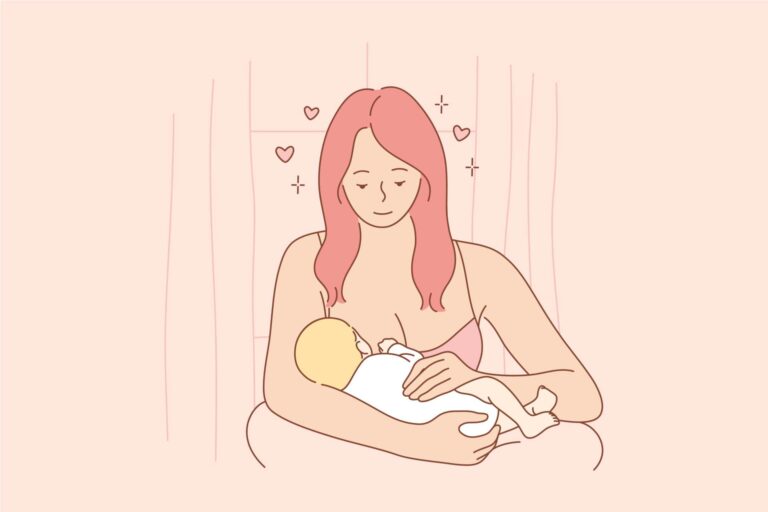Do Pacifier Sizes Matter: Unveiling Infant Comfort Secrets
Pacifier sizes are critical for baby’s oral development and safety. The right size ensures comfort and reduces risk of choking hazards.
Choosing the correct pacifier size for your baby often involves navigating an array of options that can seem daunting to new parents. As infants grow, their mouths develop, necessitating pacifiers that support this growth effectively. A well-fitted pacifier aids in soothing, teething relief, and can even impact dental development, making size a crucial factor.
Parents should opt for age-appropriate pacifiers that cater to the unique needs of newborns, infants, and toddlers. This consideration helps prevent issues such as nipple confusion in breastfed babies and promotes overall oral health. Selecting a suitable pacifier is more than just a matter of comfort; it’s about ensuring the well-being of your child’s development phase.
The Quest For The Perfect Pacifier
Choosing the right pacifier for your baby is key for comfort and development. Babies grow quickly, so the pacifier size should match their growth. A small pacifier might be easy for newborns but can become a choking risk for older babies.
Look for age-appropriate sizes to support your baby’s oral health. Babies under 6 months often need a smaller size, while older babies benefit from larger sizes. Always check the pacifier’s label for age recommendations and safety certifications.
Your baby’s needs are unique. Some babies might prefer a specific shape or material. Be flexible and ready to try different options as your baby grows. Remember to inspect pacifiers regularly for wear and tear, replacing them as needed.
Infant Oral Health And Size Selection
Baby mouths grow quickly, needing right-sized pacifiers for proper support. Infants’ oral health depends on this. Pacifiers must match a baby’s growth milestones.
Each pacifier size helps oral development. Small-sized pacifiers are thin, suitable for newborns. Larger sizes have thicker silicone, fitting older babies.
Using a size too big can be unsafe. A size too small may be rejected. Babies prefer the feel of the right-sized pacifier. Biometric sizing is a new way to find the perfect fit. This considers each baby’s individual growth.
Biometric Sizing: A Scientific Approach
Biometric pacifier sizing uses child growth patterns. It aims for the best pacifier fit for mouth development. Scientists believe using this method eases transition stages as the baby grows.
Size plays a vital role in supporting jaw and teeth development. It prevents future dental issues. A well-fitted pacifier also satisfies natural suckling urges while ensuring safety.
| Age Group | Biometric Size Approach |
|---|---|
| 0-6 months | Small, supports infant jaws |
| 6-18 months | Medium, aids in growing mouths |
| 18+ months | Large, for matured dental arches |
Thus, this approach marks a significant revolution in the baby product industry. It promotes healthy oral development in children. It also guides parents to make informed choices for their baby’s health.
Recognizing The Signs For A Size Change
Observe your baby closely while they suck on the pacifier. Look for comfort signs and unease. A pacifier that fits well should not cause gagging or chewing. Your baby’s mouth will guide you. An ergonomic fit means calm sucking motions.
Babies grow quickly, and so do their mouths. A pacifier that was once perfect may become too small.
| Check for: | Action: |
| Red Marks | Size up |
| Baby’s frustration | Evaluate fit |
| Difficulty latching | Consider larger size |
| Chewing on pacifier | Upgrade needed |
Choosing the right size can prevent oral development issues. Don’t wait too long for an upgrade. Yawning or gagging suggests a small pacifier. Constant dropping might mean it’s too big.
The Size Guide Simplified
Choosing the right pacifier size is very important for your baby’s comfort and development. Babies need different sizes as they grow. A small pacifier might be easy to use, but as your baby grows, it may become too small.
To find the perfect fit, consider your baby’s age and mouth size. You might need to try a few before finding the best one. Experiment with various sizes and shapes. A good fit can help with oral development.
Remember, each child is unique. What works for one might not suit another. Always observe your baby’s response. A pacifier that is too large or too small can cause problems.
The Silicone Thickness Factor
The silicone thickness in pacifiers is key for oral health. Young babies need thin, soft silicone to support mouth development. As kids grow, they need thicker, firmer silicone. This matches their increased strength and oral needs.
Different pacifier sizes are made for different ages. This ensures that each child has the right thickness and texture they need. It’s not just about age; it’s about mouth growth.
| Age Group | Silicone Thickness | Importance |
|---|---|---|
| 0-6 Months | Thin, Soft | Matches gentle bite and developing mouth structure |
| 6+ Months | Medium | Supports teething and growing jaw strength |
| 12+ Months | Thick, Firm | For strong biting reflex and fully formed teeth |
Mitigating Risks With Proper Sizing
Pacifiers must fit a baby’s mouth perfectly to ensure safety. Babies should not use a pacifier too big, as it can lead to choking. Each stage of growth requires its own size.
As babies grow, they chew more and with greater force. A pacifier too small might not withstand this and could break, posing injury risks. Select the size based on your baby’s development to prevent such problems.
Frequently Asked Questions
Is It Important To Change Pacifier Size?
Yes, changing pacifier sizes as your baby grows is essential to support proper oral development and ensure safety.
Can A 3 Month Old Use A 6 Month Pacifier?
Yes, a 3 month old can use a 6 month pacifier if it suits their mouth size and sucking needs.
What’s The Difference Between 0-6 And 6 18 Month Pacifiers?
0-6 month pacifiers are smaller, designed for newborns’ oral development. 6-18 month pacifiers are larger to accommodate growing babies’ mouths and jaw development.
Conclusion
Selecting the proper pacifier size isn’t just about comfort – it’s about safety and development. It ensures that your baby’s oral growth is supported correctly. Through this post, we’ve explored why pacifier sizes are more than a mere preference; they are critical for your infant’s well-being.
Remember to always choose a size that matches your baby’s age and mouth structure. Embrace the right fit for a happier, healthier baby, and enjoy the peace of mind that comes with it. Keep these tips handy for when it’s time to size up – your little one’s smile depends on it!





